Exile
I met them in a forested area near Milas's Gürçamlar village. Two of them were relatives; all three of them were from Sivas. Ali Barut Coşkun was 40 years old, Ziya Coşkun was 37 years old and Ziya Yıldırım was 39 years old. They were carrying their hives around for nine months, to produce honey. They used to go to see their families in turn every fifteen days, and in summer they returned to Kapımahmut village of Imranlı district of Sivas for two months.
Ziya Yıldırım, his wife Özlem, their fifteen-year-old son Deniz, their three-year-old daughter Damla, and Ziya's mother Vahide were producing flower honey for two months in Kapımahmut village. The three beekeepers used to regard themselves as exiles.
When I get to know their lives and exiles, I saw that Kapımahmut village was also the scene of other “exiles” that came with great suffering. Before 1990, 3,000 people lived in 130 households, and especially since 1990, immigration to Istanbul, Izmir and Ankara started. Only the headman remained in the village in winter.
The immigrants are buried here since they want to rest in their village. The coffins used during the transport are stored in the school, which no longer has students, and are massively burned as they grow in number.
When I searched the history of the village, I encountered the Koçgiri Rebellion between 1918-1921. I saw the "Armenian Deportation". One day, Ziya's mother, Vahide, told the story of the tribes' migration from Dersim to here. This village, whose past is full of pain, produces plenty of honey throughout the summer.
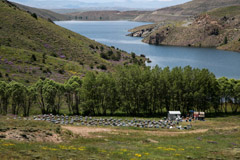
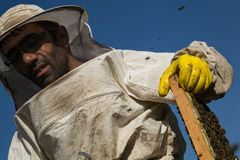




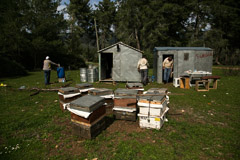
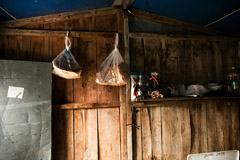
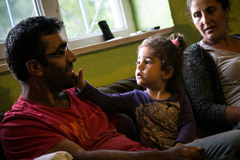
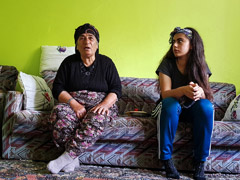


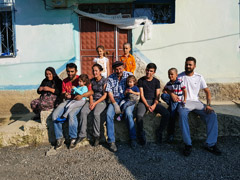
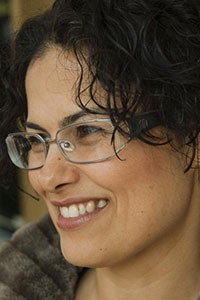 She was born in 1970 in Söke- Aydın. Pathology specialist physician. She has been dealing with photography since 2014 and she likes to work more on documentaries. According to her, the photograph “I see photography as a way of telling myself. I aim to take documentary photos. I want the meaning and purpose of the photo I took, I am in an effort to create a memory for the next generations. I believe that documentary photography can have many political and economic effects and change things by creating social sensitivity and awareness. ” She participated in many mixed photo exhibitions abroad and domestically. Also pictures and text, other interests.
She was born in 1970 in Söke- Aydın. Pathology specialist physician. She has been dealing with photography since 2014 and she likes to work more on documentaries. According to her, the photograph “I see photography as a way of telling myself. I aim to take documentary photos. I want the meaning and purpose of the photo I took, I am in an effort to create a memory for the next generations. I believe that documentary photography can have many political and economic effects and change things by creating social sensitivity and awareness. ” She participated in many mixed photo exhibitions abroad and domestically. Also pictures and text, other interests.